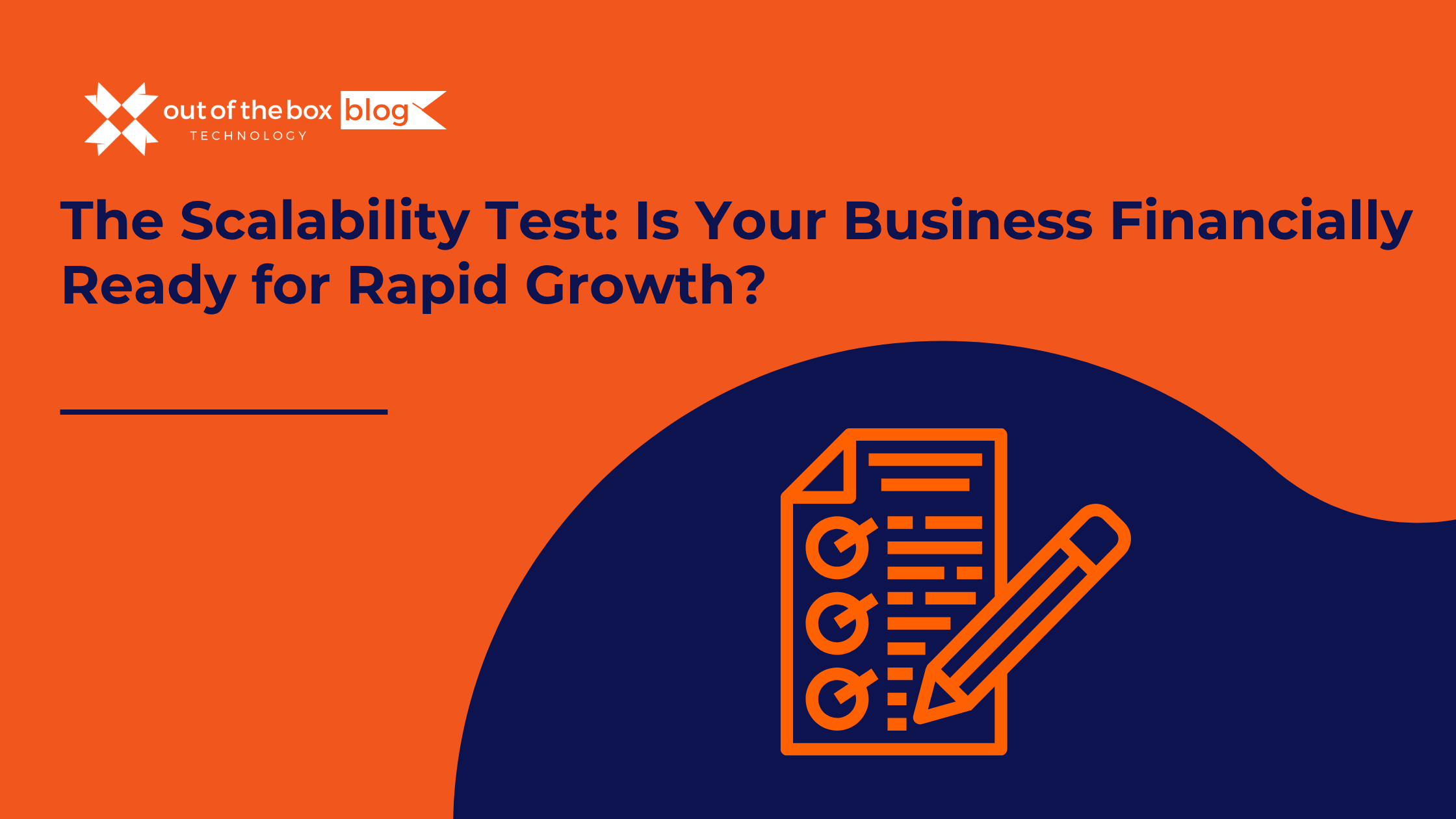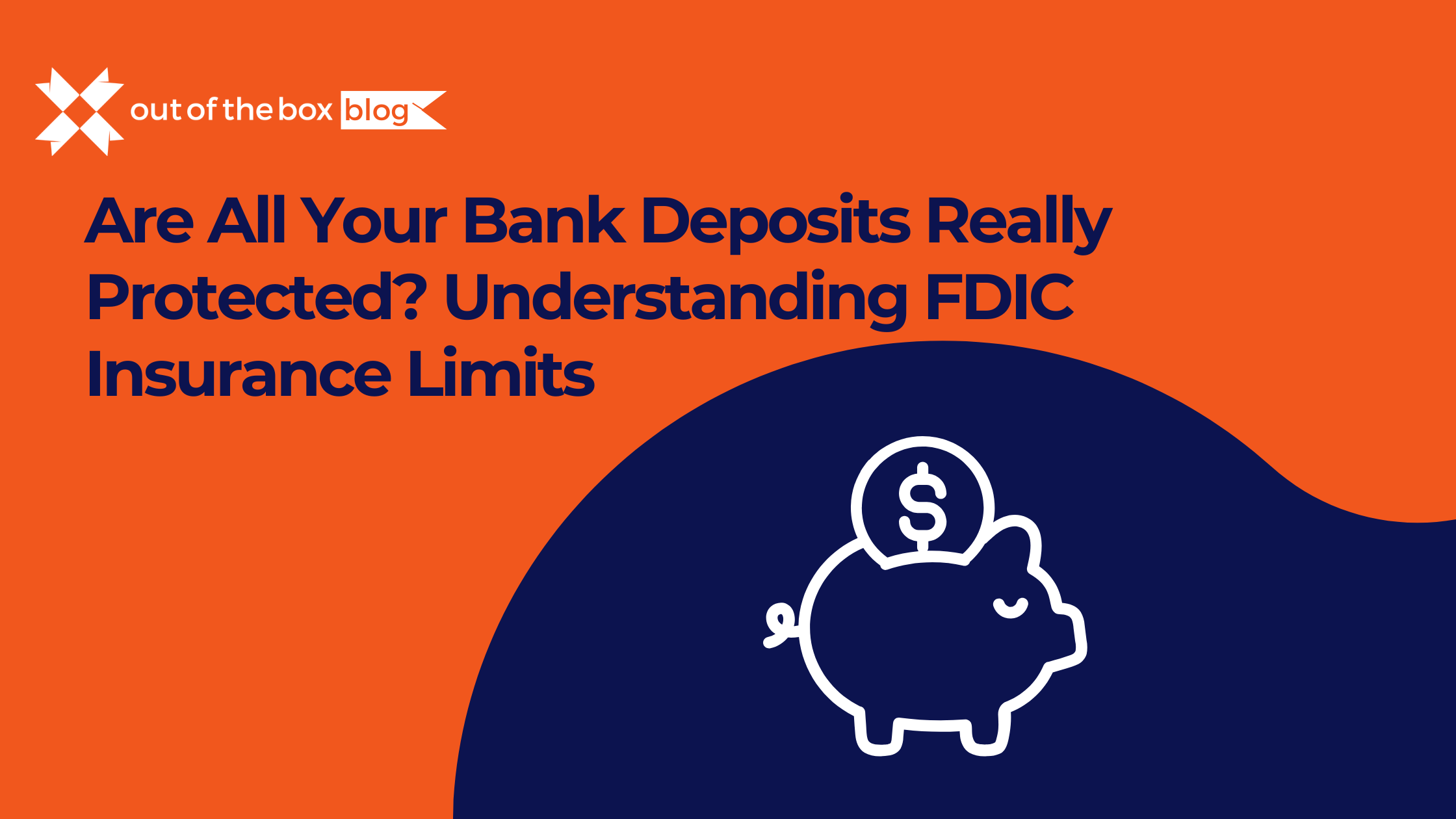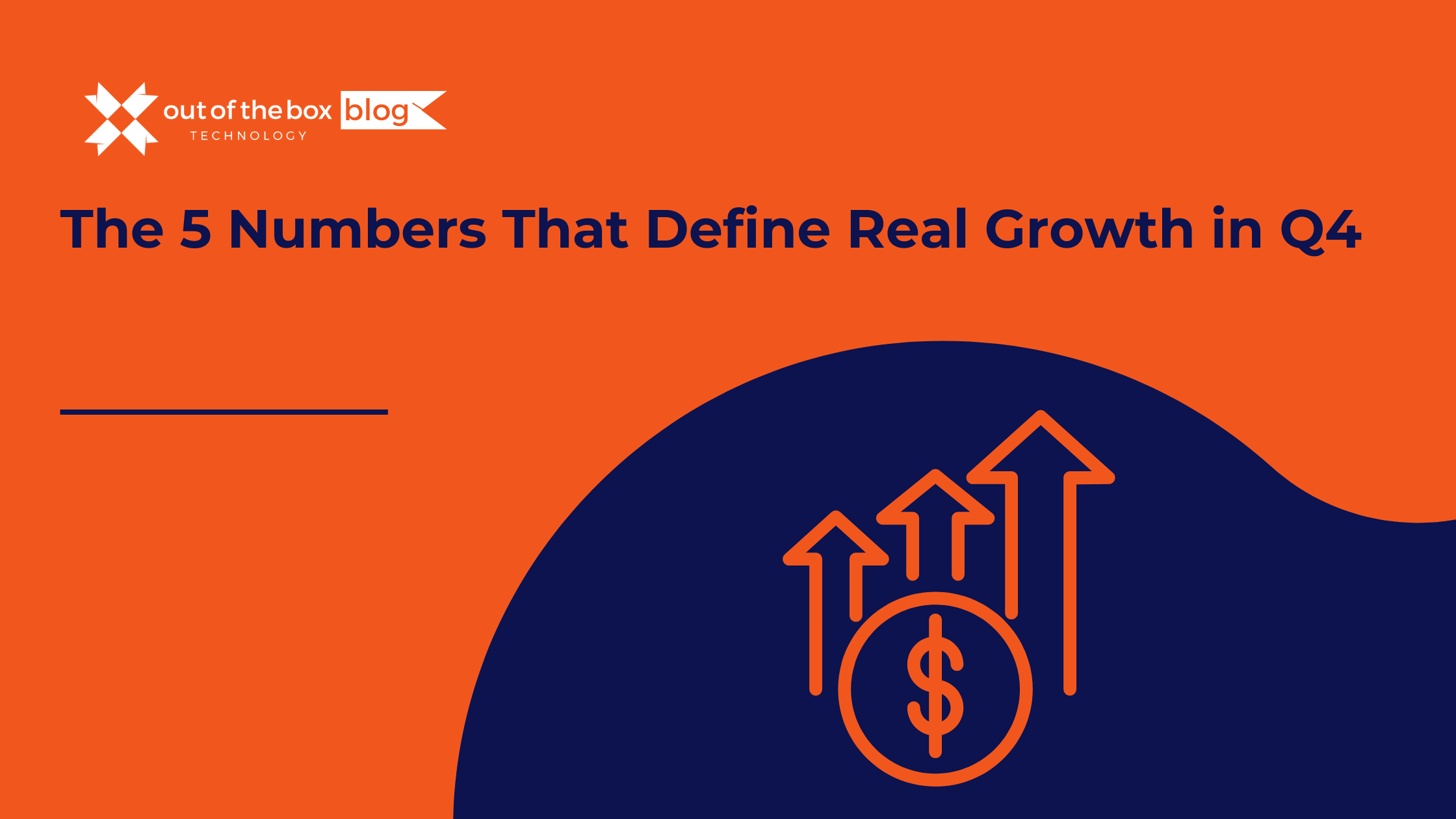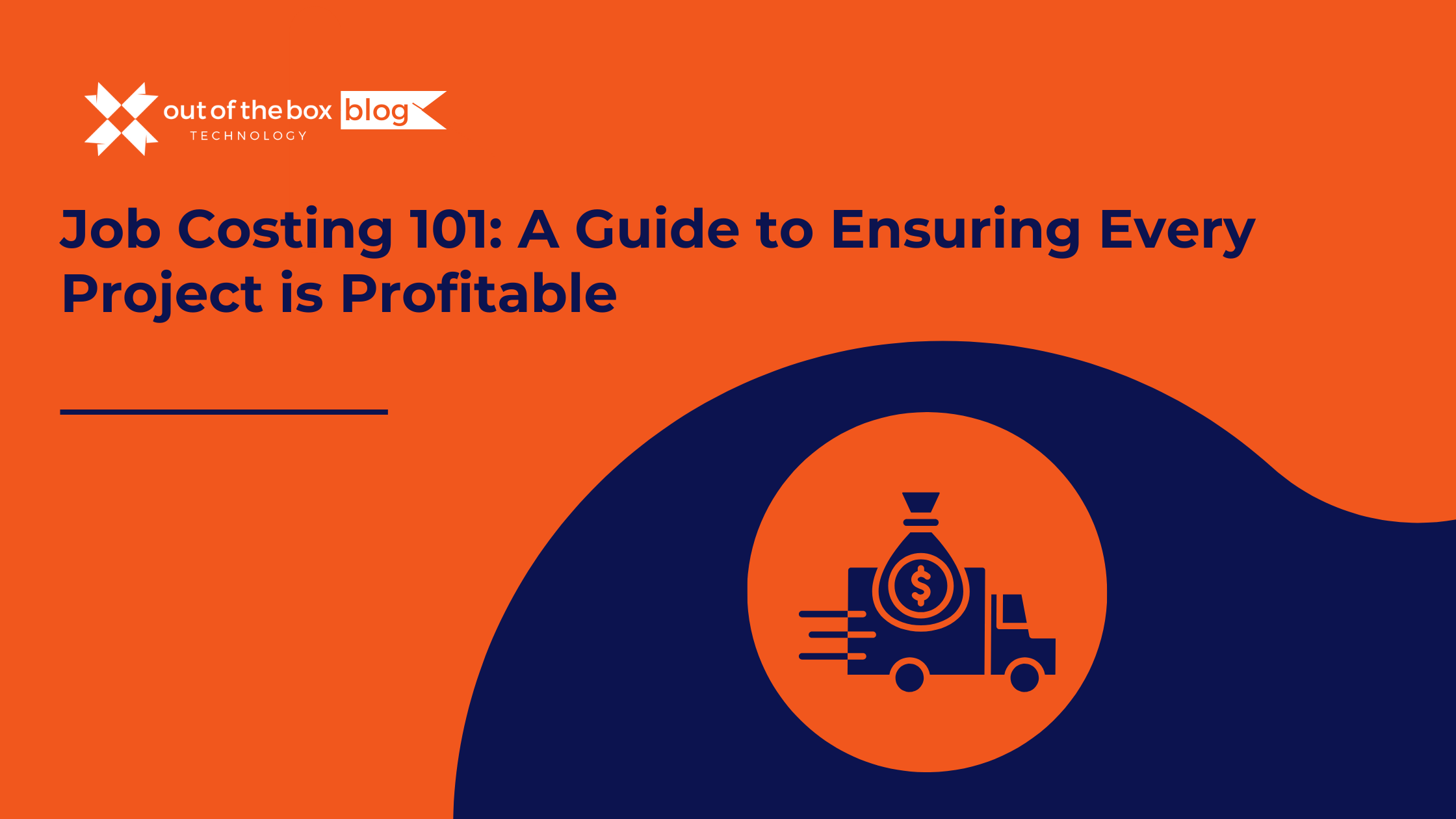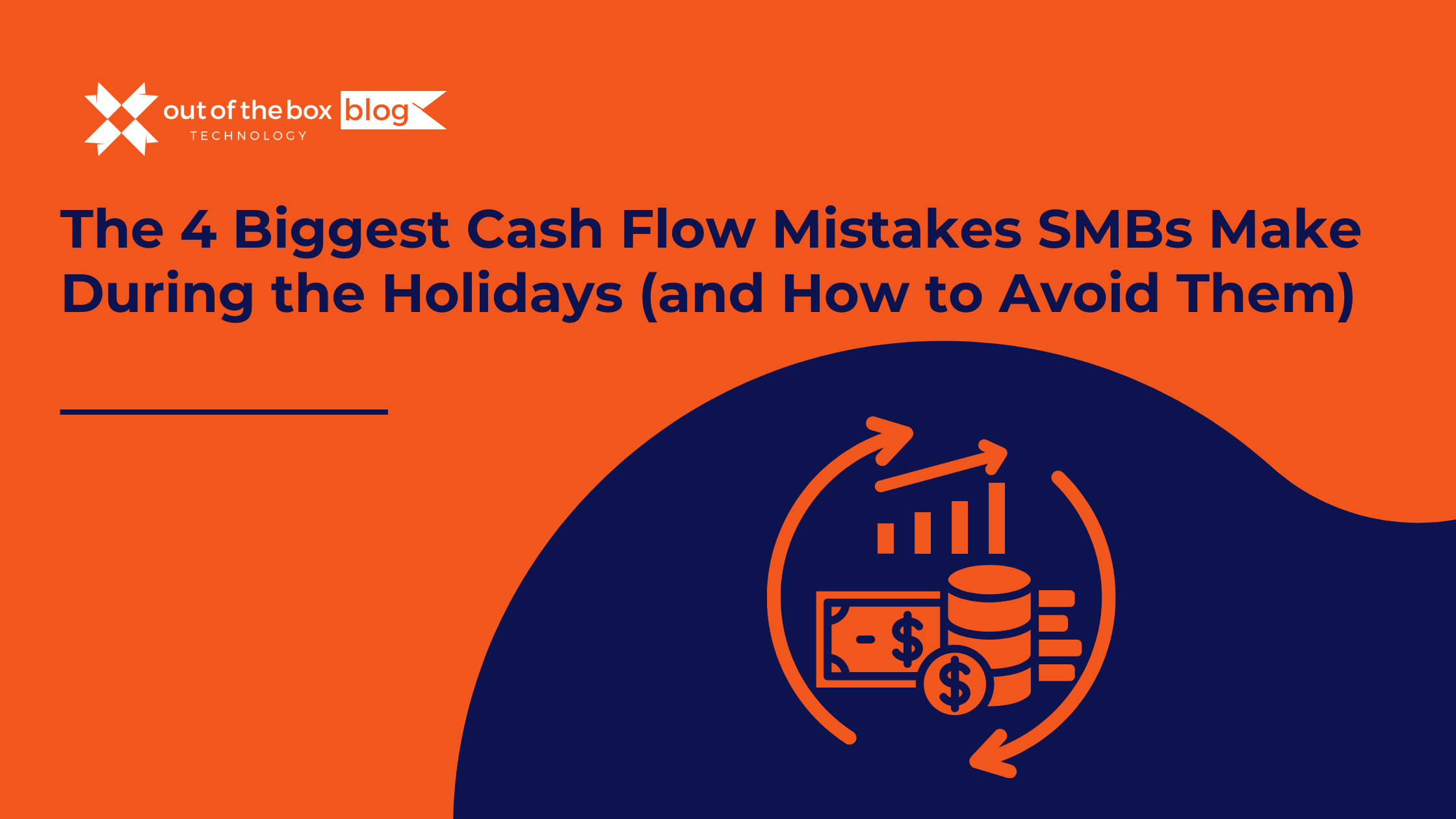That exhilarating moment has arrived. A massive new contract lands on your desk. A new market opportunity opens up. Demand for your services suddenly skyrockets. This is the moment every entrepreneur dreams of—the green light for rapid growth.
But with this thrill comes a wave of adrenaline-fueled panic. Can we handle this?
Growth is exciting, but it’s also dangerous. Scaling a business is like climbing a mountain; the view from the top is incredible, but a single misstep can lead to a disastrous fall. The landscape of failed businesses is littered with companies that grew too fast. They weren’t brought down by a lack of ambition or a poor product, but because their financial foundation crumbled under the weight of their own success.
A sobering data point from U.S. Bank reveals that 82% of business failures are due to poor cash flow management. This isn’t a problem that only affects struggling companies; it’s a primary reason why rapidly growing, otherwise “successful” businesses suddenly go under. They expand their operations, hire more staff, and take on bigger projects, only to find they don’t have the cash to pay their bills.
This article is your financial readiness checklist. It’s a scalability test designed to help you look under the hood of your business and honestly assess whether you’re prepared to handle the pressures of expansion. We will guide you through the seven critical pillars of financial readiness, from rock-solid bookkeeping to strategic forecasting.
By the end, you won’t just hope you’re ready for growth—you’ll know.
What is True Scalability? (Hint: It’s Not Just ‘Getting Bigger’)
Before we dive into the test, let’s clarify a crucial distinction: the difference between growth and scalability.
- Growth means you are adding resources at the same rate you are adding revenue. For example, to double your revenue, you have to double your team, double your ad spend, and double your operational costs. It’s linear and can be exhausting and expensive.
- Scalability means you can increase your revenue at an exponential rate while your costs increase only marginally. It’s about building systems and a financial structure that can handle a significant increase in volume without a proportional increase in resources. A software company, for instance, can sell one copy or a million copies of its product with very little difference in operational cost.
While not every service business can achieve pure software-level scalability, the principle remains the same. The goal is to build a business model and financial engine that becomes more efficient as it grows. That requires a robust financial foundation. Without it, growth simply amplifies existing financial weaknesses.
Think of it like building a skyscraper. You wouldn’t use the foundation designed for a single-family home. You need to dig deeper, use stronger materials, and engineer a structure that can support the immense weight and complexity of the floors above. Your financial systems are that foundation.
The Financial Scalability Test: 7 Pillars of Readiness
Are you ready to put your business to the test? Let’s walk through the seven pillars that determine if you’re financially prepared for the next level.
Pillar 1: Rock-Solid Bookkeeping & Financial Reporting
This is the bedrock of financial readiness. If you don’t have a clear, accurate, and up-to-the-minute picture of your finances, you are flying blind. Scaling with messy books is like trying to navigate a storm without a compass.
The Test:
- Are your books 100% accurate and reconciled daily or weekly? This isn’t a once-a-quarter task. High-growth businesses need real-time data.
- Can you generate the three core financial statements in minutes?
- Profit & Loss (P&L) Statement: Shows your profitability over a period.
- Balance Sheet: Gives a snapshot of your assets, liabilities, and equity at a single point in time.
- Cash Flow Statement: Tracks the actual movement of cash in and out of your business. This is arguably the most critical report for a scaling company.
- Do you trust the data? Are you confident that the numbers in your QuickBooks account reflect reality, without any “creative accounting” or unclassified expenses?
Why It Matters for Scalability: When growth opportunities appear, they often come with tight deadlines. You need to make critical decisions fast. Should you hire five new employees? Can you afford to lease a larger office? Is it profitable to take on a lower-margin, high-volume client? Answering these questions is impossible without clean, reliable financial data.
Example: ProClean Solutions, a commercial cleaning company, was offered a contract to service an entire chain of 20 office buildings—a 5x increase in their workload. Their books were a mess of personal and business expenses, with many transactions unclassified in QuickBooks. They felt profitable, but they couldn’t be sure. They hesitated, unable to confidently calculate the staffing and equipment costs. By the time they got their books in order, the opportunity was gone.
Pillar 2: Understanding Your True Profitability & Unit Economics
Revenue is vanity, profit is sanity, and cash is king. Scaling a business that isn’t truly profitable is just accelerating your path to zero. You need to understand your profitability on a granular level.
The Test:
- Do you know your Gross Profit Margin and Net Profit Margin?
- Gross Profit Margin: (Revenue – Cost of Goods Sold) / Revenue. This tells you how profitable your core service is before accounting for overhead.
- Net Profit Margin: (Net Income) / Revenue. This is your ultimate profitability after all expenses are paid.
- Have you calculated your Unit Economics? Specifically, your Customer Acquisition Cost (CAC) and Customer Lifetime Value (LTV).
- CAC: How much does it cost you in marketing and sales to acquire one new customer?
- LTV: How much gross profit can you expect to earn from a single customer over the entire course of your relationship?
- Is your LTV significantly higher than your CAC? A healthy ratio is typically 3:1 or higher. If it costs you $500 to acquire a customer who will only ever generate $550 in profit, your business model is not scalable.
Why It Matters for Scalability: Growth requires investment in sales and marketing. If you don’t know your CAC and LTV, you’re just throwing money at a wall and hoping it sticks. A scalable business has a proven, profitable model for acquiring customers. Scaling an unprofitable model is like pouring gasoline on a fire.
Pillar 3: Mastering Cash Flow Management
This is where most growing businesses stumble. Profit on paper does not equal cash in the bank. As you grow, the gap between when you provide a service and when you get paid can become a chasm that swallows your business whole.
The Test:
- Do you have a forward-looking cash flow forecast? You should be able to project your cash position for the next 30, 60, and 90 days. This isn’t a guess; it’s a projection based on your receivables, payables, payroll, and expected sales.
- What is your average Accounts Receivable (A/R) Days? How long does it take, on average, for your clients to pay you? For a scaling business, anything over 30 days is a red flag.
- Do you have a strategy to manage your Working Capital? Working capital (Current Assets – Current Liabilities) is the cash you need to run your day-to-day operations. Growth requires more working capital, not less, to cover the increased costs of labor and supplies before you get paid.
Why It Matters for Scalability: Imagine you double your sales. That means you likely have to double your staff and supply orders immediately. You have to pay for those things now. But if your new clients are on Net 60 payment terms, you won’t see that cash for two months. This is the cash flow trap. A scalable business has a tight grip on its cash conversion cycle, working actively to get paid faster and manage its payables strategically.
Example: ProClean Solutions, after cleaning up their books, landed a similar large contract. They hired 15 new cleaners and bought $20,000 in new equipment. They were profitable on their P&L statement. But the client paid on Net 45 terms. ProClean had to cover two full payroll cycles and the equipment bill before they received a single dollar from the new contract. They almost went bankrupt, surviving only by securing an emergency high-interest loan.
Pillar 4: Building and Maintaining a Strong Cash Reserve
Your cash reserve is your business’s immune system. It protects you from unexpected shocks and gives you the confidence to seize opportunities.
The Test:
- Do you have a dedicated cash reserve? This should be a separate savings account, not your primary operating account.
- How many months of operating expenses can your reserve cover? The standard advice is 3-6 months. For a business planning for rapid growth, 6 months should be the minimum target. This includes payroll, rent, software subscriptions, insurance—every fixed cost required to keep the lights on.
- Do you have a policy for contributing to and using the reserve? For example, you might commit to transferring 5% of all revenue to your reserve account until you hit your goal.
Why It Matters for Scalability: Growth is never a straight line. A key employee might quit. A piece of critical equipment might break. A new competitor might emerge. Your cash reserve is the buffer that allows you to handle these challenges without derailing your growth trajectory. It’s also a strategic tool. It can serve as a down payment for a necessary equipment loan or allow you to invest in a growth opportunity without seeking outside capital.
Pillar 5: Scalable Systems and Technology
The manual processes and simple spreadsheets that worked for a 3-person team will shatter when you have 30 employees and 10x the customers. Your operational infrastructure must be able to scale along with your revenue.
The Test:
- Is your accounting software robust enough? Are you using all the features of your QuickBooks Online plan? Do you need to upgrade to a more advanced version to handle more complex job costing or inventory management?
- Are your processes automated and integrated? How much of your financial workflow is manual? Are you manually entering data from one system to another? A scalable tech stack involves integrating your CRM, payroll, and payment processing systems with your accounting software to create a seamless flow of data.
- Can your team and processes handle 10x the volume? What would break if you got ten times the number of invoices, customer support requests, or new projects tomorrow? Identify those bottlenecks now.
Why It Matters for Scalability: Inefficient systems create hidden costs—wasted time, costly errors, and poor customer service. As you scale, these small inefficiencies multiply, becoming a massive drain on profitability. Investing in scalable systems is an investment in future efficiency and profitability.
Pillar 6: Access to Capital and a Funding Strategy
Self-funding (bootstrapping) is admirable, but most rapid growth requires an injection of outside capital. The worst time to look for money is when you desperately need it.
The Test:
- Do you have a relationship with a business banker? Your bank should know you, your business, and your growth plans long before you ask for a loan.
- Do you know your business’s credit score and what’s on your credit report? Lenders will scrutinize this.
- Have you explored different funding options? Understand the pros and cons of:
- SBA Loans: Government-backed loans with favorable terms.
- Business Line of Credit: A flexible source of short-term capital, perfect for managing cash flow gaps.
- Term Loans: For large, specific investments like equipment or real estate.
- Invoice Factoring: Selling your unpaid invoices to a third party for immediate cash (often at a high cost).
- Do you have a “pitch deck” for your finances? Even if you’re not seeking venture capital, having a clear presentation of your financial health, growth plan, and how you would use an investment is critical for securing any type of funding.
Why It Matters for Scalability: Access to capital provides strategic flexibility. It allows you to make long-term investments, bridge cash flow gaps, and outmaneuver competitors. Waiting until you’re in a cash crunch to seek funding leaves you with few options and little negotiating power.
Pillar 7: Strategic Scenario Planning & Forecasting
The final pillar is about looking to the future. A scalable business doesn’t just react; it anticipates. Financial forecasting allows you to model the future and make proactive decisions.
The Test:
- Do you have a detailed financial forecast for the next 12-24 months? This should be more than a simple sales goal. It should model your P&L, balance sheet, and cash flow based on a set of clear assumptions.
- Have you created multiple scenarios? What does your financial future look like in a:
- Best-Case Scenario: You land that dream client and exceed all your targets.
- Worst-Case Scenario: You lose your biggest client, and a recession hits.
- Realistic Scenario: A more moderate, likely outcome.
- Are your Key Performance Indicators (KPIs) tied to your forecast? Are you tracking the metrics that will tell you if you’re on track to hit your forecasted goals?
Why It Matters for Scalability: Scenario planning prepares you for anything. It helps you identify potential risks and opportunities before they happen. If your “best-case” model shows you’ll run out of cash in six months due to working capital needs, you know you need to secure a line of credit now, not when you’re in the middle of that growth spurt. It turns growth from a gamble into a calculated strategy.
Frequently Asked Questions (FAQs)
Q1: What is the very first step I should take to prepare my business for scaling? A: The absolute first step is to ensure your bookkeeping is flawless (Pillar 1). All other financial analysis and forecasting depend on having accurate, up-to-date, and well-organized financial data. Without this, you cannot trust any of your other numbers.
Q2: How is scaling a service-based business different from a product-based one? A: Service businesses often face greater challenges with scalability because growth is typically tied to hiring more people, which increases costs linearly. The key is to find ways to create leverage: developing standardized processes, training staff to be highly efficient, offering tiered service packages, and potentially creating digital products or group programs that are not dependent on your direct time.
Q3: How much cash reserve is really enough? Six months seems like a lot. A: While 3-6 months is the standard rule of thumb, the right amount depends on your specific business. Consider factors like the length of your sales cycle, the payment terms of your average client, and the volatility of your industry. For a business actively planning for rapid growth, a larger reserve (closer to 6 months) is highly recommended because growth itself consumes cash. It provides a crucial buffer to invest in new hires and resources before the revenue from that growth is realized.
Q4: Can I scale my business without taking on debt or outside funding? A: Yes, it is possible to scale through “bootstrapping,” which means funding your growth entirely through your own operational cash flow. However, this is typically a slower path. It requires extreme discipline in cash flow management, high-profit margins, and a short cash conversion cycle. For rapid growth, most businesses will need some form of external capital, even if it’s just a flexible line of credit to manage temporary cash flow gaps.
Conclusion: Turning Growth from a Gamble into a Strategy
The prospect of rapid growth is the ultimate reward for your hard work and vision. But successful scaling is not a matter of luck; it’s a matter of preparation. By putting your business through this seven-pillar financial scalability test, you move from hoping you’re ready to knowing you’re ready.
You’ve learned that a scalable business is built not just on a great idea, but on a foundation of impeccable bookkeeping, a deep understanding of profitability, and masterful cash flow management. It’s supported by robust cash reserves, efficient systems, strategic access to capital, and the foresight that comes from diligent financial forecasting.
Addressing weaknesses in these areas isn’t a distraction from your “real work”—it is the real work. It’s the strategic effort that transforms growth from a high-stakes gamble into a well-executed plan. It ensures that when your moment comes, you can seize it with the full confidence that your business is built not just to grow, but to endure.
Take the Next Step Toward Confident Growth
Feeling overwhelmed by the checklist? You don’t have to build your financial foundation alone. The first and most critical pillar of scalability is flawless bookkeeping, and that’s where we excel.
The team of experts at Out of the Box Technology can help you implement the systems and strategies discussed in this guide. From cleaning up your QuickBooks and providing real-time financial reporting to helping you build a powerful cash flow forecast, we provide the clarity you need to scale with confidence.
Stop guessing and start strategizing. Schedule a free consultation with one of our bookkeeping specialists today and build a business that’s ready for anything.
Final Thoughts
Financial readiness isn’t just nice to have—it’s essential for sustainable expansion. When your operations are backed by accurate financials, proactive forecasting, and scalable tools, you can:
-
Clear the runway for confident investment and growth
-
Manage cash flow with precision and predictability
-
Make data-informed decisions that drive profitability and resilience
At Out of the Box Technology, we specialize in helping businesses like yours build a solid financial foundation—so you’re not just surviving growth, you’re thriving through it.
Is your business financially ready to scale?
Schedule a consultation to unlock clear financial insights, streamline your processes, and set your path to confident growth today.
